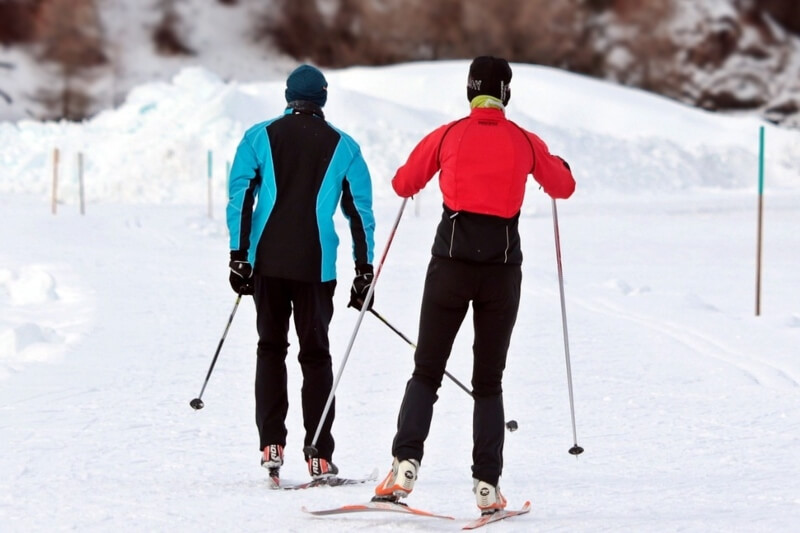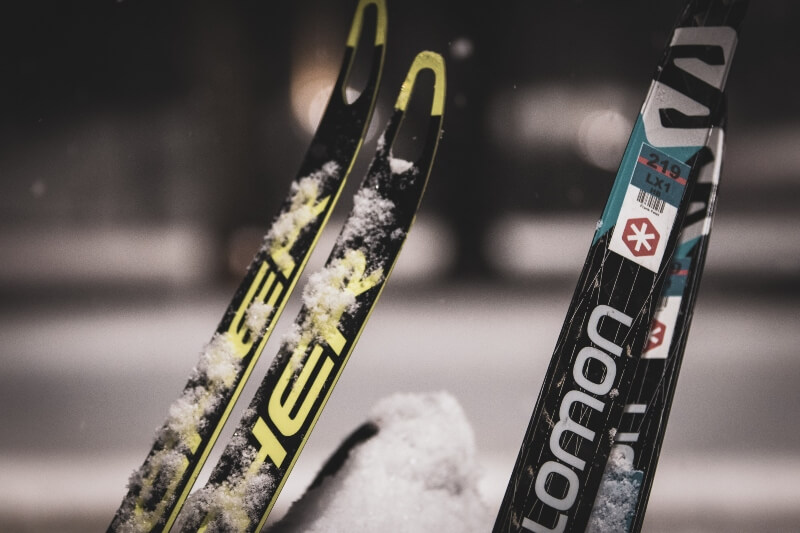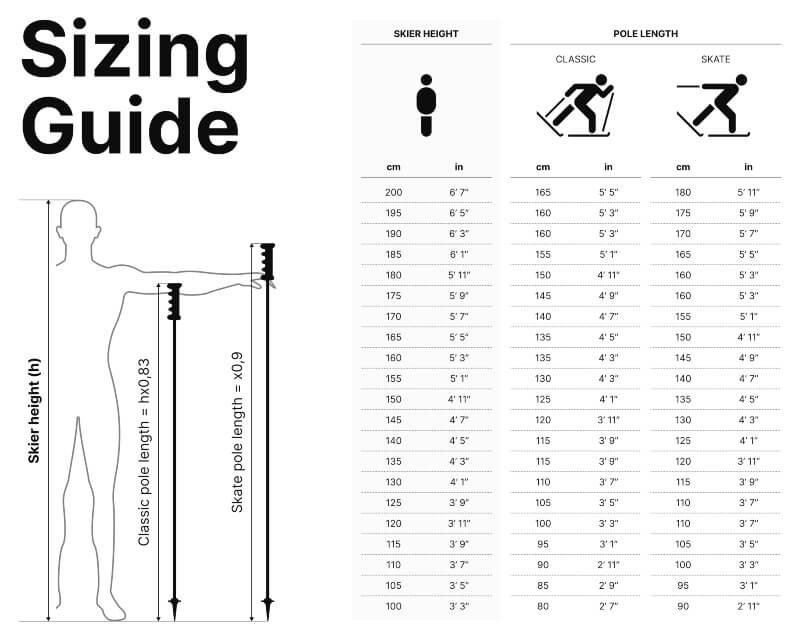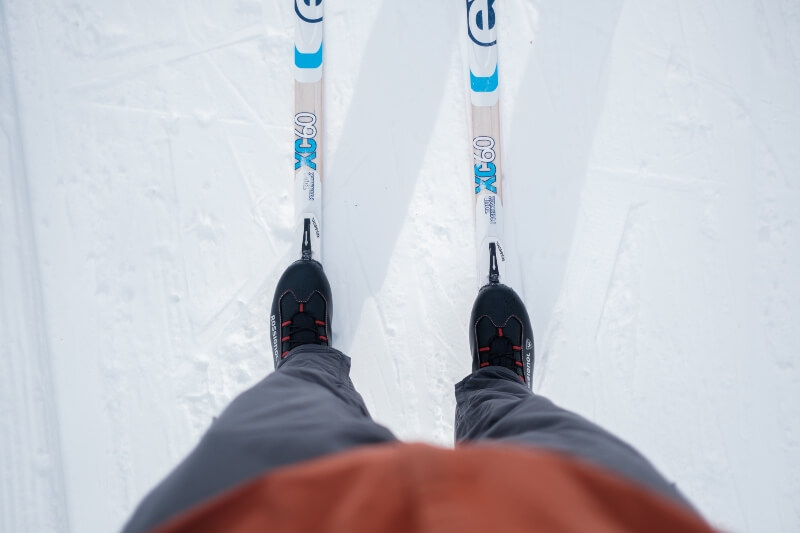Cross-Country Skiing Equipment: What to Wear Cross-Country Skiing
Cross-Country skiing is a fantastic winter sport that not only offers an exhilarating workout but also immerses you in the beauty of snowy landscapes. To fully enjoy this activity, having the right Cross-Country skiing equipment is essential. In this guide, we will explore everything you need to know about choosing the right gear, from what to wear to how to buy it.
Jump to theme:
What to Wear Cross-Country Skiing
Proper clothing for Cross-Country skiing is crucial to ensure you stay warm and comfortable during your time on the trails. Here's what to consider when dressing for cross-country skiing:
Layering
Layering is key to managing your body temperature. Start with a moisture-wicking base layer to keep sweat away from your skin. Add an insulating layer for warmth, and finish with a waterproof and windproof outer layer to protect against the elements.
Ski-Specific Gear
Invest in Cross-Country skiing-specific clothing like ski pants and jackets. These are designed to provide freedom of movement and protection in the specific conditions you'll encounter on the trails.
Gloves and Mittens
Don't forget to protect your hands. Choose gloves for dexterity or mittens for added warmth, depending on your needs.
Hat and Headwear
A warm hat or headband is essential for retaining heat. Sunglasses or ski goggles can protect your eyes from wind and snow glare.
Socks
Wear moisture-wicking and warm socks designed for skiing. Make sure your boots fit comfortably over them.
Ski Boots
Ensure your ski boots fit well and provide adequate ankle support. Warm, moisture-wicking socks are essential for comfort.

What Length Cross-Country Ski Do I Need?
Selecting the right ski length is critical for a successful Cross-Country skiing experience. Ski length influences your stability and performance. Here's how to determine the correct ski length for you:
Body Height
The most basic guideline is to choose skis that match your height. A simple guideline for all-around Cross-Country ski is height minus 5-10 cm. For beginners, we recommend a slightly shorter ski, which will ensure extra control and maneuverability.
Skiing Style
Your skiing style also affects ski length. Classic skis are typically longer for better glide, while skate skis are shorter for maneuverability.

Cross-Country Ski Pole Sizing
The right ski pole length ensures balance, propulsion, and overall skiing efficiency. Here's how to size your Cross-Country ski poles correctly:
Body Height
As with skis, your height is a significant factor in pole sizing. Refer to a ski pole size chart to determine the appropriate length based on your height.
Classic vs. Skate
The type of skiing you plan to do influences your pole length. Classic skiing poles are generally longer to provide stability, while skate skiing poles are shorter for quick movement.
Cross-Country ski pole size chart

How to Buy Cross Country Ski Equipment
When it comes to purchasing Cross-Country ski equipment, you have several options to consider. Here's how to make informed choices:
Specialized Retailers: Visit specialty ski shops or outdoor gear stores. The staff can provide expert advice and help you find the perfect gear.
Online Retailers: Many online retailers offer a wide range of Cross-Country skiing equipment. Be sure to check size charts and reviews before making a purchase.
Renting Equipment: If you're new to Cross-Country skiing, renting gear is a cost-effective way to start. Once you gain experience and confidence, you can invest in your equipment.

Cross-Country skiing is a fulfilling sport that allows you to embrace the outdoors and stay active during the winter months. By understanding what to wear, how to size your skis and ski poles, and where to buy the right equipment, you'll be well-prepared to enjoy this fantastic winter activity. So, gear up, hit the trails, and embark on an adventure in the snowy beauty of Cross-Country skiing.
